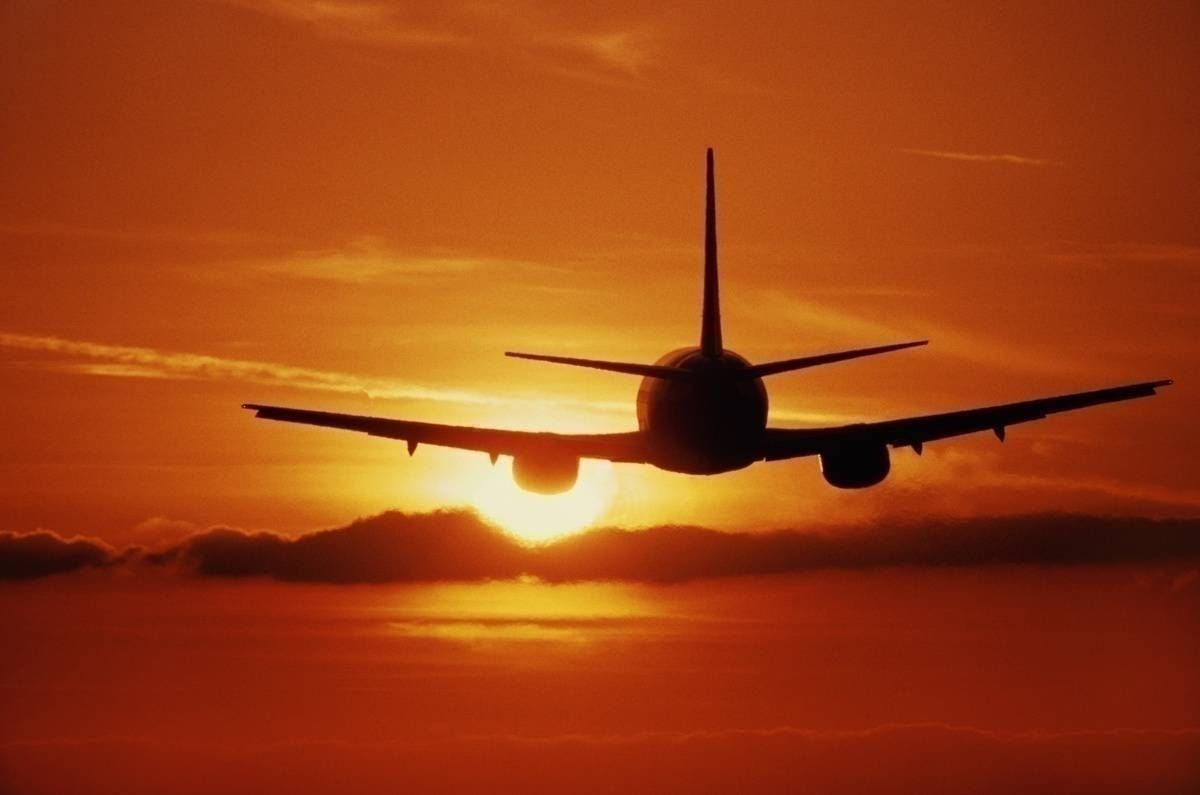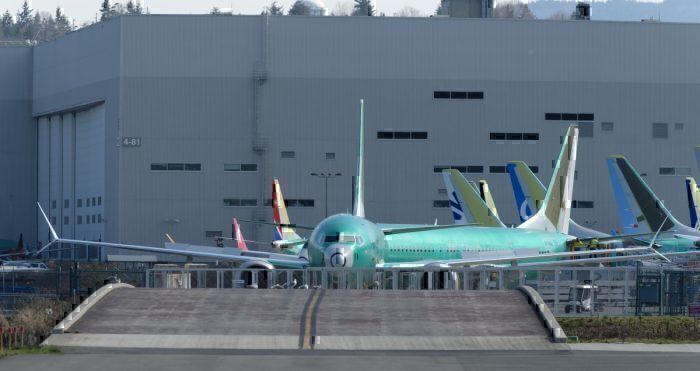With Boeing’s NMA reportedly on hold and the 737 MAX still not cleared to fly, the US planemaker is at something of a crossroads in developing its product line. With demand for the ‘797’ dwindling as potential customers sign up instead for Airbus products, Boeing could be onto a winner if it was to leapfrog the NMA and go straight to the FSA – a 737 replacement.
Does the world need an NMA anymore?
Boeing has long been talking about developing an aircraft to meet the ‘middle of the market’ segment. This New Midsize Airplane (NMA), affectionately dubbed the 797, would sit somewhere between the 737 and the 787 in the Boeing lineup. It would take care of the demand for a 250 – 300 seat plane, with a range of some 4,000 to 5,000 nautical miles.
However, since the new boss took the reins, the NMA’s future has looked seriously in doubt. Within days of his appointment, David Calhoun announced that the 797 would be going ‘back to the drawing board’, as the company reviews where its product line is headed in the future.
During the company’s recent earnings call, Calhoun commented on the future of Boeing’s aircraft development, saying,
“We have asked the team to step back and reassess our commercial product development strategy to determine what family of airplanes will be needed in the future.”
Airbus has attacked the middle of the market with its game-changing A321XLR. This long-range, high capacity aircraft doesn’t quite tick all the boxes that the NMA should have, but it comes very, very close. More importantly, it’s ready to order today, with deliveries just a couple of years off.
With Boeing not yet formally agreeing on a concept for the NMA, the airframer is seriously on the back foot here. Airlines looking to replace their aging 757s are already ordering from its European competitor. Taking into account the long, drawn-out process involved in getting a clean sheet aircraft certified, Boeing is looking increasingly likely to miss the boat. Calhoun continued, saying,
“[Boeing] will not design our next airplane on the basis of the A321 … I know where the NMA is targeted now. I want to be sure I understand everything about the widebody, narrowbody world.”
If Boeing doesn’t make the NMA, what will it build?
There is a plane that the world is crying out for, and that’s a new, up to date narrowbody workhorse. The 737 has been operating for over 50 years, and remains largely the same aircraft today as it was then. In fact, it was Boeing’s attempt to pack bigger, more efficient engines on this unsuitable airframe that caused all the problems with MCAS.
If Boeing were to offer up the Future Small Airplane (FSA) rather than continuing to develop the NMA, it would, for once, be on the front foot. Airbus’ A320 family has been flying since the late 80s, and is unlikely to be redesigned anytime soon, thanks to the neo improvements and the plane maker’s new product lines emerging from the family.
As such, Boeing could be first to market with the next generation of narrowbodies; a clean sheet design that brings together everything great about modern aircraft in one nimble, flexible package.
As reported in Flight Global today, Richard Aboulafia, an industry analyst with Teal Group, says that Boeing could entirely leapfrog the NMA and move straight on to developing the FSA. Perhaps, he says, the FSA could include a larger variant suited for the mid-market segment.
Aboulafia’s take is probably not far off the mark. A redesign of the 737 would be far more likely to be a huge success for Boeing than a ‘may or may not be needed’ 797. For now, however, we’ll have to wait and see which direction Calhoun takes.



